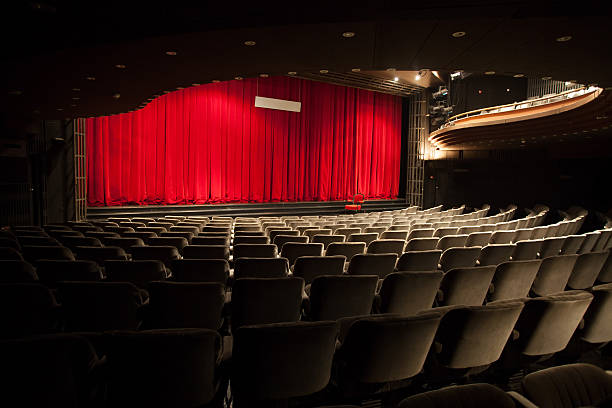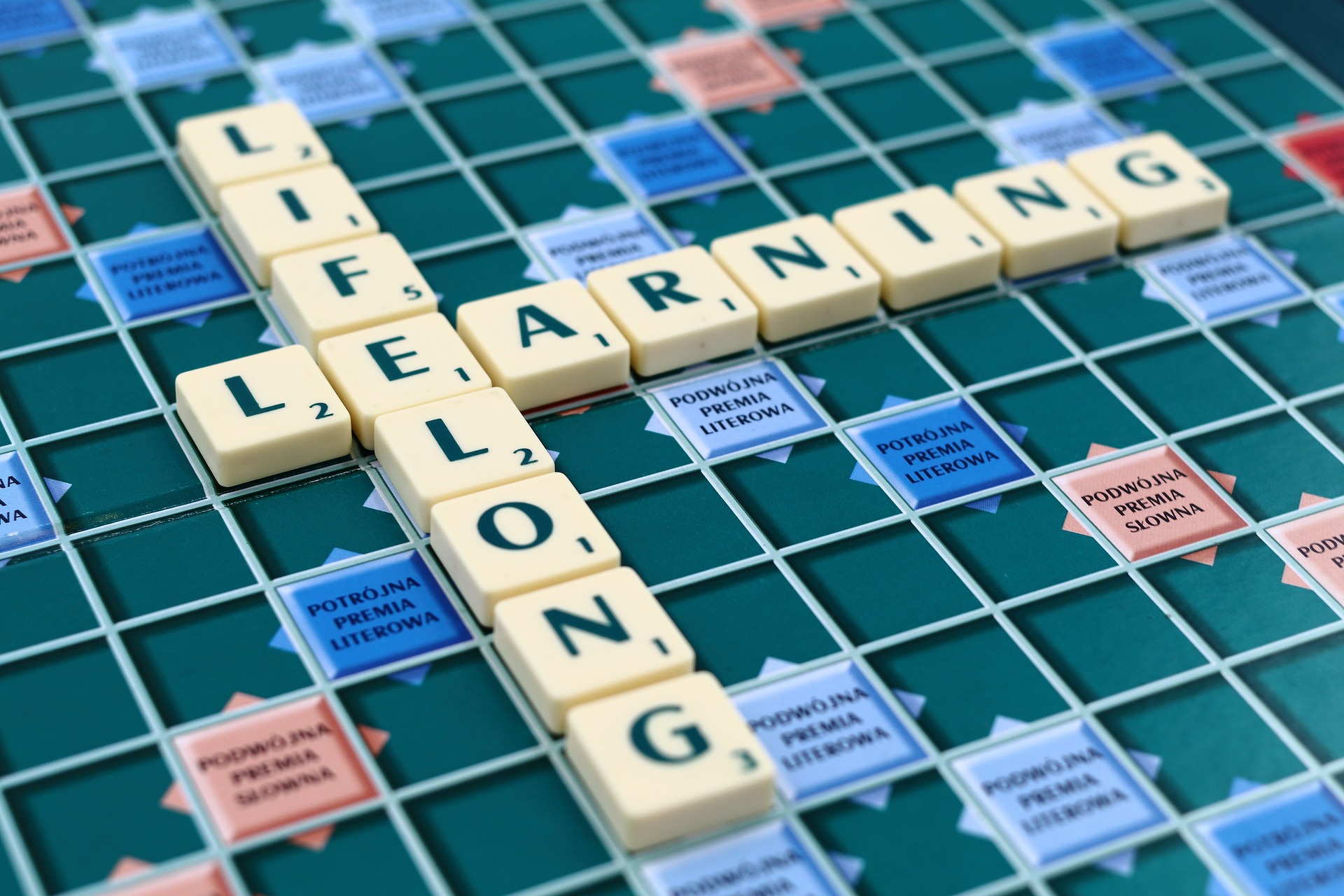Emerging Virtual Reality Trends in Modern Theatre
A new dawn is rising in the realm of performing arts. The integration of virtual reality (VR) technologies is reshaping the way we experience and interact with theatre, transforming it from a passive, observational activity into a dynamic, immersive experience. This innovative blend of traditional artistry and cutting-edge technology is paving the way for a revolution in theatrical production and audience engagement.

A Glimpse into the Past: Theatre and Technology
Theatre has always been an evolving art form, adapting and responding to societal changes and technological advancements. The introduction of electric lighting in the late 19th century revolutionized stage design, while the advent of sound recording and amplification in the 20th century enhanced performance dynamics. Today, the incorporation of digital technologies is the latest in this long history of innovation, offering a myriad of possibilities for creative expression and audience engagement.
The Rise of VR Theatre: A New Dimension of Expression
Today’s theatre-makers are increasingly turning to virtual reality to enhance storytelling and create immersive experiences. VR technology allows audiences to step into the shoes of the characters, experiencing the narrative from a first-person perspective. This fresh approach to theatre has seen a surge in popularity in recent years, with productions like “Dear VR,” “Hamlet 360: Thy Father’s Spirit,” and “The Tempest VR” offering exhilarating, immersive experiences to audiences worldwide.
Current Trends: VR Theatre in 2021 and Beyond
The desire for safe, at-home entertainment during the global pandemic has accelerated the adoption of VR technologies in theatre. Companies like the National Theatre and the Royal Shakespeare Company are exploring VR to create immersive productions that audiences can enjoy from the comfort of their homes. This trend is likely to continue even post-pandemic, as audiences have now tasted the unique experiences made possible by this technology.
The Impact of VR Theatre: Shifting Paradigms and Audience Reception
VR theatre is not just a novelty; it’s a game-changer. It challenges the traditional boundaries between performers and spectators, creating new dynamics and opportunities for interaction. Early audience reception has been largely positive, with many praising the enhanced sense of immersion and the unique, personal connection they felt with the story and characters.
Looking Forward: The Future of VR Theatre
The marriage of VR and theatre is still in its infancy, but its potential is enormous. As VR technology continues to improve and become more accessible, we can expect theatre to continue to evolve and experiment with this new medium. While it’s unlikely to replace traditional theatre, VR offers a new, exciting dimension to this ancient art form, providing fresh avenues for artistic expression and audience engagement.
In the ever-evolving landscape of the arts and entertainment industry, the innovative integration of VR in theatre is a testament to the enduring spirit of creativity and adaptation. As we journey further into this digital age, we can eagerly anticipate the new frontiers of artistic expression that await us.





